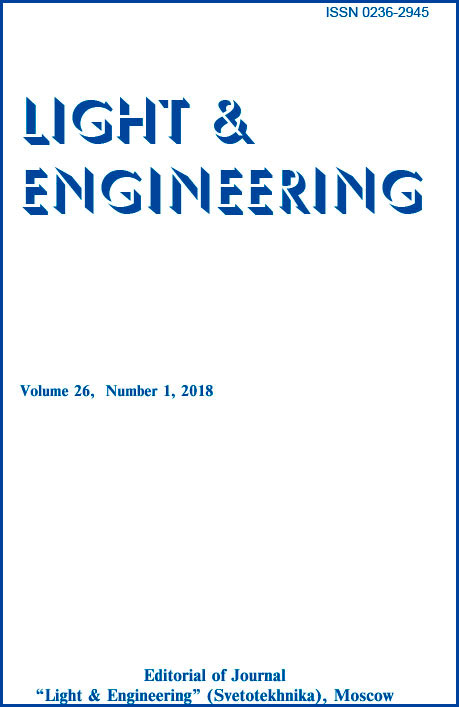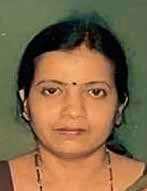Content

Abstract
Solid state, energy efficient light emitting diode (LED) technology is coming up to replace the conventional gas discharge, etc. light sources. Although declared life of LED is very high but in tropical countries their life time appears very short. This phenomenon is becoming the most drawbacks for usage of LED. To search out the reason for the failure lead to undertake thorough study on the performance of LED specifically on the various environmental conditions. Experimentation was carried out with various types of commercially available high power LED. Failure in tropical countries may be due to effect of temperature. Test results have been noted at various major parts of LEDs, e.g. die, and sink area. Detail analysis of test results at various parts of LEDs in different conditions tends to have some idea about the cause of failure of the LEDs in tropical countries with high ambient temperature and less scope of heat generation by the light source.
References
1. N.Narendran, Y. Gu, J.P. Freyssinier-Nava and Y. Zhu, “Extracting phosphor-scattered photons to improve white LED efficiency”, Rapid Research letters, DOI 10.1002/pasa.200510015, R60–62, 2005. 2. E Fred Schubert, Jaehee Cho & Jong Kyu Kim, “Light Emitting Diodes”, Elsevier, oi:10.1016/B978–0– 12–803581–8.01081-X, 2016. 3. A. Keppens, W.R. Ryckaert, G. Deconinck, and P. Hanselaer, “High power light-emitting diode junction temperature determination from current voltage characteristics” JOURNAL OF APPLIED PHYSICS104, 093104–1–8, 2008, DOI: 10.1063/1.3009966. 4. A.E. Chernyakov, A.L. Zakgeim, K.A. Bulashevich, S. Yu. Karpov, V.l. Smirnov & V.A. Sergeev, “Theoretical and Experimental Study of Thermal Management in High-Power AlInGaN LEDs”, IEEE2014 15th international Conference on Thermal, Mechanical and Multi-Physics Simulation and Experiments in Microelectronics and Microsystems, EuroSimE2014, ISBN-78–1– 4799–4790–4, 2014. 5. Gordon Elger, Alexander Hanss, Maximilian Schmid and TotstenWipiejewski, “Application of thermal analysis for the development of reliable high power LED modules”, Solid State Lighting (SSLCHINA), 2014 11th China International Forum, ISBN- 978–1–4799–6696–7, 2014, pp. 158–164. 6. Yu Guo, Kai-lin Pan, Guo-taoRen, Shu-jing Chen and Fei Yuan, “Research on LED temperature characteristic and thermal analysis at low temperatures”, Electronic Packaging Technology and High Density Packaging (ICEPT-HDP), 2012 13th International Conference, ISBN-978–1–4673–1682–8, Aug. 2012, pp.1411–1415.
Keywords
Recommended articles
Studies on Germicidal Benefit of Ultra Violet Ray upon Old Paper Documents. L&E 27 (4) 2019
Analysis On Thermal Behaviour Of The Sink And Die Area With Different Thermal Interface Material For High Power Light Emitting Diodes Light & Engineering Vol. 28, No. 5
Numerical Modelling of Urban Built Form Geometry for Maximum Daylight Potential L&E, Vol.30, No.3, 2022


